TLR4 Target Analysis Report Summary


About the Target
TLR4, also known as Toll-like receptor 4, plays a significant role in various cellular processes, including immune responses and metabolic regulation [1]. In Drosophila, Toll activation in fat body cells leads to the recruitment of Pelle kinase, resulting in the release of antimicrobial transcription factor Dif [1]. Similarly, in human immune cells such as macrophages and dendritic cells, TLR4 activation stimulates inflammatory responses through NF-kappaB and IRF3 pathways, and can also regulate metabolic responses [1].
Furthermore, TLR4 is associated with the cystic fibrosis transmembrane conductance regulator (CFTR) in cholangiocytes, where it governs the secretion of bicarbonate into bile for proper bile flow and digestion [2]. Absence of CFTR due to mutations disrupts biliary secretion and affects the bile acid receptor TGR5, leading to impaired bile properties and progression of liver diseases [2].
In macrophages, TLR4 signaling is regulated by low-avidity signaling of beta2-integrin, which inactivates MyD88 and TRIF [3]. This occurs through phosphorylation of the beta2-integrin DAP12 adaptor ITAM, attracting SYK and leading to separation of the cytoplasmic domains of beta2-integrin [3]. Additionally, TLR4 signaling can be inhibited by ITAM-associated low-avidity signaling in macrophages [3]. This process involves Cbl-b-mediated degradation of MyD88 and TRIF, ultimately regulating TLR4 signaling [3].
Furthermore, TLR4 activation in monocytes and its subsequent effects on brain endothelial cells have been studied. In this context, TLR4 activation leads to changes in the cargo of monocyte-derived exosomes, specifically miRNAs, which are taken up by brain endothelial cells [4]. This uptake results in abnormal upregulation of adhesion molecules, chemoattractants, and pro-inflammatory cytokines, mediated by the TLR4/NF-kappaB pathway [4].
In summary, TLR4 plays diverse roles in different cellular processes and organisms. Its activation leads to the recruitment of various kinases and transcription factors, regulating immune responses, metabolic activities, and bile secretion. Regulation of TLR4 signaling involves the interaction with CFTR, low-avidity signaling of beta2-integrin, and the cargo of monocyte-derived exosomes. Understanding these mechanisms is crucial for elucidating the role of TLR4 in immunity and disease [1][2][3][4].
Based on the provided context information, the key viewpoints regarding TLR4 are as follows:
TLR4 activation by SLO protein produced by GAS in patients with obstructive sleep apnea syndrome (OSAS) leads to the production of cysteinyl leukotrienes (CysLTs) and subsequent proliferation of tonsillar helper T cells and plasma B cells, resulting in irreversible tonsil hyperplasia [6].
Wnt2b negatively regulates TLR4 signaling, which has inhibitory effects on hematopoietic stem cell (HSC) activation and liver fibrosis [7].
HMGB1 can activate macrophages and monocytes through binding to TLR4, leading to the release of cytokines and inflammation. HMGB1 also interacts with RAGE to modulate endothelial and tumor cell function [8].
The recognition of CPMV (cowpea mosaic virus) by TLR2, TLR4, and TLR7 activates downstream signaling pathways mediated by MyD88, ultimately inducing antiviral responses and inflammatory cytokine production [9].
SREC-I, in cooperation with TLRs such as TLR2 and TLR4, plays a role in triggering immunity by recognizing molecules derived from pathogens and activating inflammatory cascades, as well as processing and presenting acquired antigens to T cells [10].
Overall, TLR4 is involved in various signaling pathways and interactions with other molecules, contributing to immune responses, inflammation, and the development of certain pathological conditions.
Figure [1]
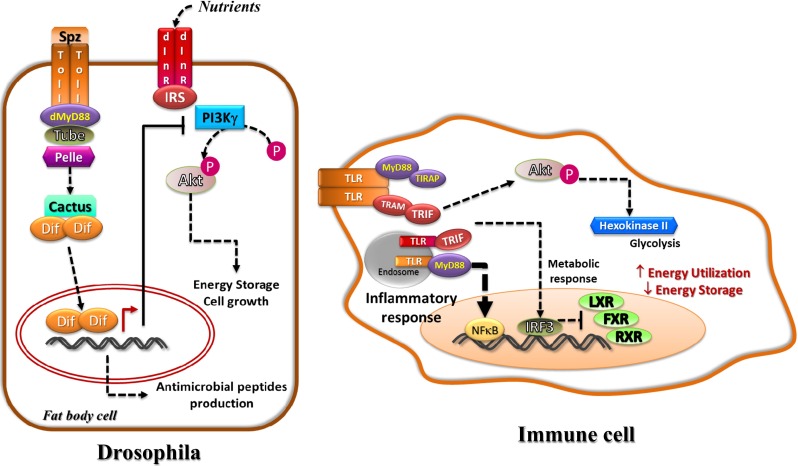
Figure [2]

Figure [3]

Figure [4]
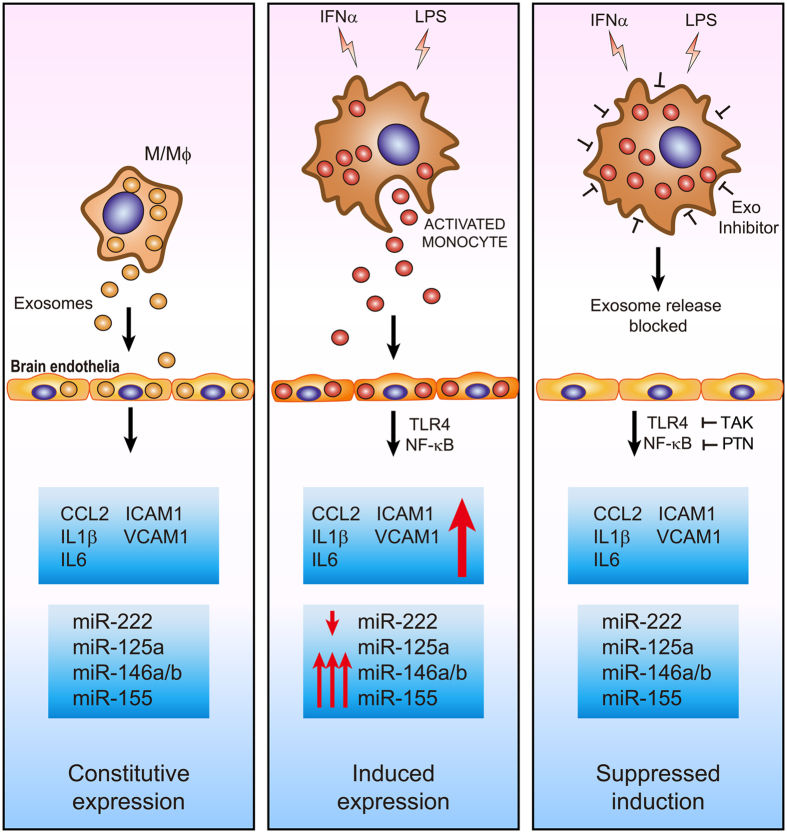
Figure [5]
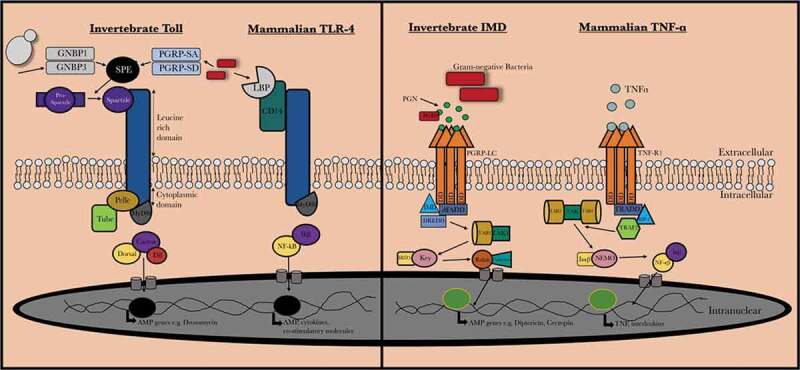
Figure [6]

Figure [7]

Figure [8]

Figure [9]
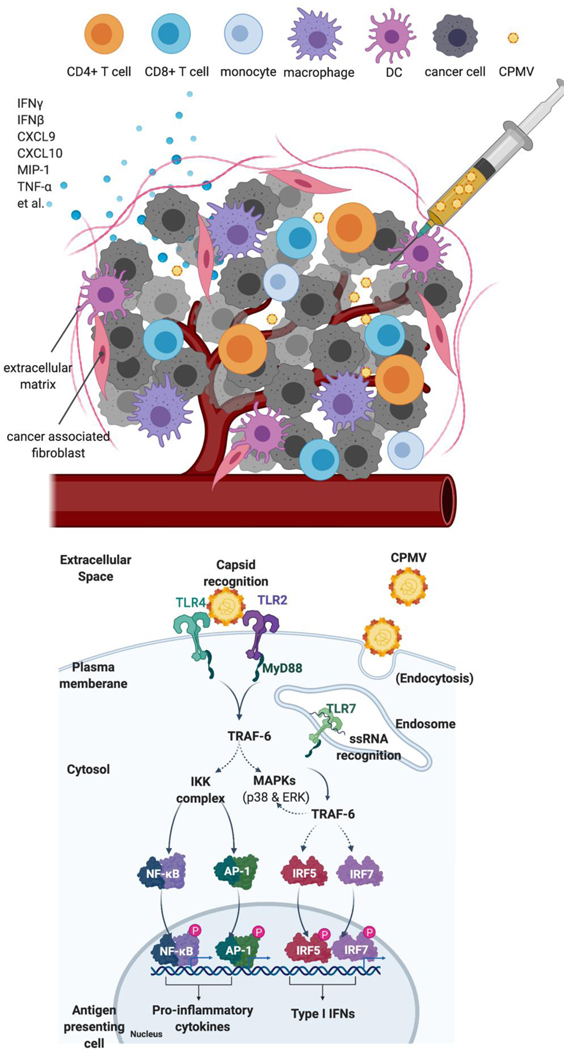
Figure [10]
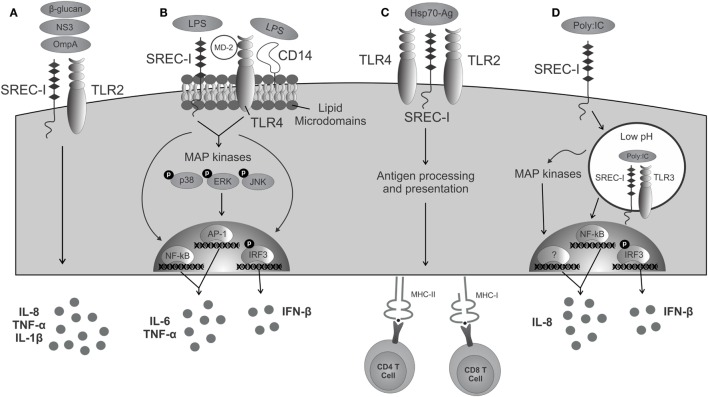
Note: If you are interested in the full version of this target analysis report, or if you'd like to learn how our AI-powered BDE-Chem can design therapeutic molecules to interact with the TLR4 target at a cost 90% lower than traditional approaches, please feel free to contact us at BD@silexon.ai.
More Common Targets
ABCB1 | ABCG2 | ACE2 | AHR | AKT1 | ALK | AR | ATM | BAX | BCL2 | BCL2L1 | BECN1 | BRAF | BRCA1 | CAMP | CASP3 | CASP9 | CCL5 | CCND1 | CD274 | CD4 | CD8A | CDH1 | CDKN1A | CDKN2A | CREB1 | CXCL8 | CXCR4 | DNMT1 | EGF | EGFR | EP300 | ERBB2 | EREG | ESR1 | EZH2 | FN1 | FOXO3 | HDAC9 | HGF | HMGB1 | HSP90AA1 | HSPA4 | HSPA5 | IDO1 | IFNA1 | IGF1 | IGF1R | IL17A | IL6 | INS | JUN | KRAS | MAPK1 | MAPK14 | MAPK3 | MAPK8 | MAPT | MCL1 | MDM2 | MET | MMP9 | MTOR | MYC | NFE2L2 | NLRP3 | NOTCH1 | PARP1 | PCNA | PDCD1 | PLK1 | PRKAA1 | PRKAA2 | PTEN | PTGS2 | PTK2 | RELA | SIRT1 | SLTM | SMAD4 | SOD1 | SQSTM1 | SRC | STAT1 | STAT3 | STAT5A | TAK1 | TERT | TLR4 | TNF | TP53 | TXN | VEGFA | YAP1

